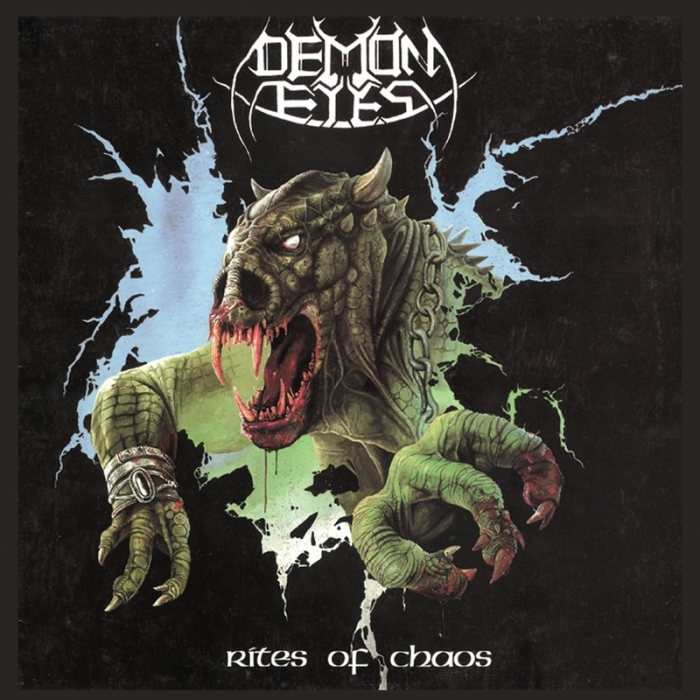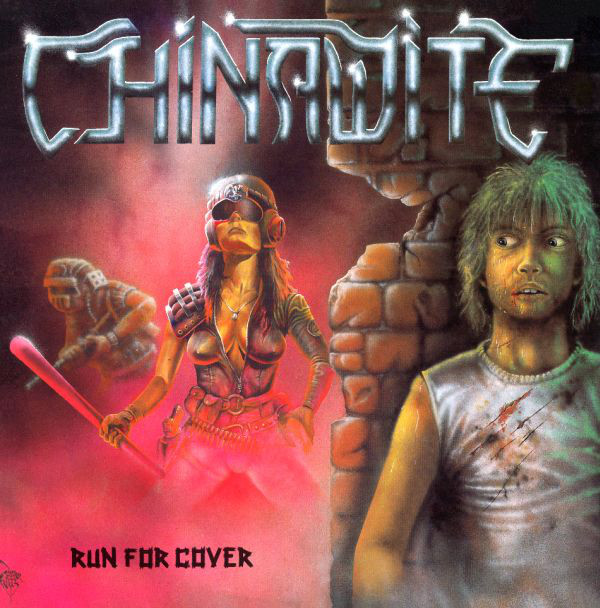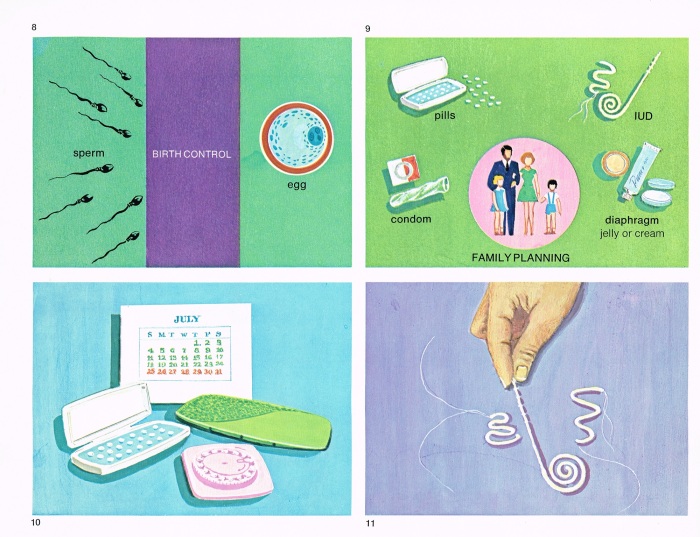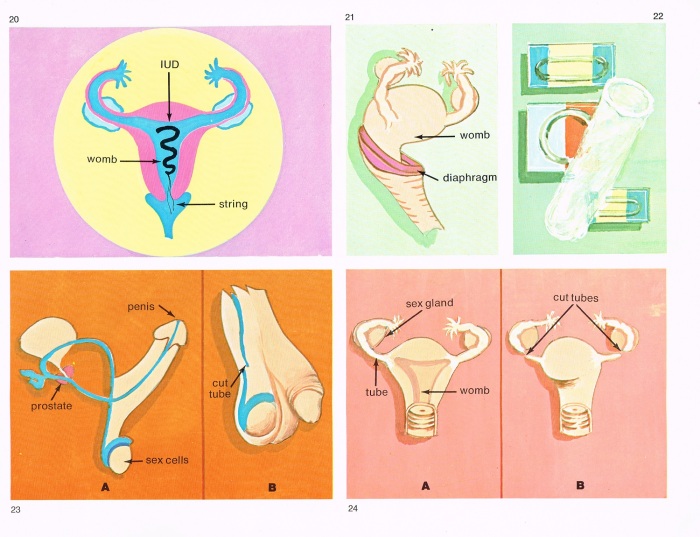“Believe the Fairy Tales”: Alan Garner’s ‘The Voice That Thunders’
Michael Grasso / January 16, 2020
 The Voice That Thunders
The Voice That ThundersBy Alan Garner
The Harvill Press, 1997
Over the course of my many explorations of British hauntology of the 1970s over the past five years, I found myself enjoying a pair of television adaptations, produced a decade apart, full of deep mystical themes reaching back into the marrow of ancient Britain. In The Owl Service (1969) and Red Shift (1978), mythic emanations from the distant past return in our present, revenants who live again through the lives of young people in the postwar UK. These themes, echoed again and again in British fantasy dramas set in the contemporary era, hold a profound fascination for me, as an American cut off from a deep sense of magic, time, and place. One man was behind the novels upon which both these adaptations were based: British novelist, amateur archeologist and folklorist, and essayist Alan Garner. His 1997 collection of essays and lectures, The Voice That Thunders, lays bare the origins of his unique mode of storytelling. Garner’s upbringing suffused in the magic of Old Britain, his working-class family long-situated in one place (Garner’s home of Alderley Edge in Cheshire); and his early life marked by dual traumas—the Second World War and a brush with death thanks to childhood illnesses—gave Garner a unique insight into the borderlands between life and death, between the mythic and the material.
The Voice That Thunders consists of sixteen essays, prepared lectures, and newspaper columns that return to the mythic themes that Garner’s more than half-century of novels explore. The collection is in effect an expressionistic autobiography, where lectures on topics such as education, the state of children’s literature (Garner found himself long-characterized as a “children’s author” because many of his protagonists were young people), and linguistics circle back to the material conditions of Garner’s own early life. Like Nigel Kneale and his childhood home on the Isle of Man, or Alan Moore and his lifetime home of Northampton, or Mark E. Smith and his home and haunt, Salford, all of Garner’s universes, no matter how far afield over the British Isles they may roam, always seem to return, psychologically and mythopoetically, to Alderley Edge.
In the book’s first chapter, a lecture given in 1983, Garner spells out the specifics of his early life and the legends that populated Alderley Edge. While World War II rages outside the fairly idyllic grounds of “the Edge,” young Alan has his own battle against mortality, and an eye-opening, hallucinatory set of experiences in the “forest in the ceiling” of his room while he was recovering from his various childhood illnesses. The mystical road that led into this bedroom fantasyland is connected in some deep way to the Edge and to the various legends told to him by older relations: the faerie tree, once long ago clad in rags beside the Holy Well; an ancient Hero King slumbering in the ground. Garner tells a 1996 audience of headmasters and headmistresses in the book’s second essay that “I assure you that children are, by nature, spiritual beings, until we destroy through our example… A child knows, whether it be in the traditional structure of fairy tale, or the special use of an archaism, when the Mystery is engaged.” Surely we all recognize the impulse of childlike wonder at myths and folktales. But for young Alan, in his throes of illness, myth had a much more important, mature purpose. He managed to use the bits and pieces of myth entrusted to him by the very particular vibrations of locality, the genius loci of Alderley Edge, to deal with the possibility of his own incipient mortality by creating a mythological playground in his own ceiling, complete with symbols of shamanic journey (the road), safety (the wood) and the threat of young death:
Sometimes I would look up, and see no road, no forest, clouds or hills, but a plump little old woman with a circular face, hair parted down the middle and drawn to a tight bun, lips pursed, and small pebbled eyes…
The little old woman came only when my life really was threatened. She was a part of the plaster in the ceiling, not of my room but of my parents’ room, and I was taken there when I was too ill to be left alone. She was my death, and I knew it.
The mythic courses through both the marrow of the very landscape of the Edge and in Garner’s own family bloodline. It is mostly because of the Garners’ long family association with Alderley Edge that he has access to the myths that would inspire his Cheshire-set novels, including his 1960 debut The Weirdstone of Brisingamen and its sequels. Garner’s knowledge of the area led him to a love of archeology from a very early age: his childhood realization that a shovel hanging in a teacher’s classroom might have a neolithic origin is confirmed almost fifty years later by an archeologist friend of Garner’s. Garner also considers the origin and meaning behind one of the folktales told around Alderley Edge and does some armchair ley line-plotting to determine its possible origins in pagan alignments of sun and landscape (all while remaining a bit dubious about possible “arcane conclusions” drawn by most amateur ley line enthusiasts). But Garner’s exploration of the physical landscape—with the complementary eye of a storyteller and straightedge of a mason—allows him to see the pagan Celtic memories thrumming under the local landmarks and place names. The Cheshire of hundreds of years ago is even imprinted on the very language of the inhabitants. The rural Cheshire dialect of his parents and grandparents had kept alive the poetic tongue of the medieval alliterative poem Sir Gawain and the Green Knight: “My grandfather was an unlettered smith, but he would have not needed all these footnotes if a native speaker had read the poem to him aloud.” Garner’s ancestors were even carved into the very stone of the countryside; the moss-covered face on the cover of The Voice That Thunders was carved by his great-great-grandfather Robert, a stonemason. Garners were always “makers,” says Alan, his grandfather Joseph one of the last real blacksmiths and whitesmiths in the area, putting his skills to work for both local community and Empire (he made tens of thousands of horseshoes for the British forces in World War I).
But in each generation of craftsmen, Alan Garner writes, there was the undeniable sense of preternatural intelligence chafing at the class-based chains placed on the Garners since time immemorial. Robert had a head for mathematics that found its expression in stonemasonry and in music, as he was a vital member of local brass band; he heard music “listening to the zephyrs in the trees: always in the minor key.” Grandfather Joseph used his own prodigious mathematical mind to memorize London bus timetables, which came to great use during his one trip to London with Alan’s grandmother. Alan clearly saw the postwar British system of wider schooling and competency testing as his way out of a lifetime of manual labor he felt ill-suited for: “[My ancestors] had shaped the place in which I had grown; everywhere I turned, their hands showed me their skills; yet my hands had no cunning; with them I could make nothing, and my family despaired of me.” Garner soon finds that the masons and smiths that populate his mythic memory find expression in his ability to mortar and fuse together words: “[My unique quality] was staring me in the face. It was Robert’s wall. On it was carved his banker mark, the rune Tyr, the boldest of the gods.” Magic and language meet the dignity of manual labor and craftsmanship: all flow together in Garner’s mythic imagination. “One of the first things I discovered when I began was the esoteric meaning of ‘getting aback of.’ Whether it be building walls, mending kettles or writing a book, the activity is the same: it is the pursuit, through dedication, of the godhead.”
As mentioned, many of Garner’s speeches in The Voice That Thunders are delivered to educators, for whom Garner has both a deep respect and words of warning. In his musings on the Cheshire dialect that exists in medieval sources virtually unchanged over a half a millennium, Garner wonders if the standardization of English through formal education has not completely displaced an essential cultural legacy among the regions of Britain with their own traditions in literature and oral storytelling. Garner also tells of the letters he had received from his readers, both children and adults, noting quite strongly that the children who find his books on their own tend to be enchanted and drawn into the worlds he creates, while the children assigned his books as students invariably find them stultifying, boring, or confusing. As someone who owed so much of his own life to education, Garner is sympathetic to what teachers need to accomplish but devastatingly cold to the system that strips students of their imaginations. These letters, in Garner’s words, demonstrate “the headlong enthusiasm children can show for a book, if the reading of it has not been shackled by an adult.”
Which brings us to an aspect of Garner’s life story and The Voice That Thunders that initially simmers under the surface and finally bursts forth fully in a tale of his time on the set of the Granada TV adaptation of The Owl Service: Garner’s struggles with mental illness. Throughout his explications of deep time and of familial trauma and childhood shamanistic journeys, there is the sense that Garner’s gifts leave him on the outside looking in, vouchsafed to deeper truths and mythic realities unseen by most. In a lecture titled “Inner Time,” Garner explores the mental breakdown that occurred on set in Wales as his discomfort with the process culminates in a near-assault on one of The Owl Service cast because of the actor’s inability to take a scene seriously. He retreats from the set and finds himself in the office of a psychotherapist to explore this breakpoint more fully. Garner uses his case to wander through an exploration of the modern condition and how it has created a humanity utterly disconnected from spirituality. This in turn creates an inability to deal with hidden traumas, which Garner calls “engrams.” Garner offers the theory that his connection with myth through his work made him more sensitive to this disconnect: “A writer of fiction, willy-nilly, plants encapsulated engrams in his characters.” Garner’s further work with the therapist brings up a pair of deeply-buried childhood traumas around his childhood illnesses and a fearful first visit to the cinema as a three-year-old (where young Alan was filled with terror at the sight of the Wicked Queen in Snow White). Trauma, buried childhood memory, unaccountable anger, and the threat of death: all linked through the power of a child’s mythic imagination, a man’s attempt to grapple with his life-narrative through storytelling, and buried trauma’s sudden reappearance upon seeing those stories acted out in the real world.
As someone who’s only now, in middle age, begun to explore my own metaphysical associations around childhood and trauma, Garner joins other writers and explorers of the mythic in the role of teacher, fellow explorer—magician, for lack of a better word—who share a need to more deeply understand their lives, to finally see the invisible shackles laid upon us all by place, by family, by history, and by the exercise of political and economic power upon us. But the important lesson to be gathered from Garner’s tales and life story is that none of these shackles are eternal. The myth that is written in our histories is not destiny, and a dedicated “maker,” a runesmith of words and dreams, can craft new tales to deliver themselves out from under the weight of history. “Can we write the world?” Garner asks in “The Voice in the Shadow,” the highlight essay of the collection for me:
We can; if we are willing to pay. The problem with learning to read and being subject to the writing, is that it ends up by being our only way into constructive dreaming. But certain people have innate skills, and they are the visionaries, the poets, those who use language that is the great constructor when it is on the page. They release it into the subconscious by providing us, not with factual information of history, but with ambivalence and the paradox that enables us to interpret what is being said, and what we read, just as we would if we were dreaming. That is the way, via the poet, to the myth, to the truth.
In more succinct form, delivered in a single pair of statements at the beginning of this lecture by Garner: “Believe the fairy tales. What were fairy tales, they will come true.”
![]() Michael Grasso is a Senior Editor at We Are the Mutants. He is a Bostonian, a museum professional, and a podcaster. Follow him on Twitter at @MutantsMichael.
Michael Grasso is a Senior Editor at We Are the Mutants. He is a Bostonian, a museum professional, and a podcaster. Follow him on Twitter at @MutantsMichael.





























































































































